John B. Calhoun, and his Mouse Universe Experiment
You may not have heard of John Calhoun, but I'd wager you've seen, read or heard of The Secret of NIMH. Based on his experiments at the National Institute of Mental Health (NIMH) wherein he attempted to find out what would happen to human society as a result of overcrowding in urban centers.
In nature, when a population of animals exceeds what the individuals can tolerate, it divides and they go their separate ways. The human brain is optimized for a social group of about 150 people. So what happens, then, as we continue investing in larger and larger, denser and denser population centers? Where because of the money invested in businesses and infrastructure, we cannot easily get away from each other and must live packed together like sardines?
Calhoun's research did not concern resource depletion. On the contrary, a visionary for his time, he anticipated that in spite of the shortages of the 1970s and popular predictions of resource wars by the 2000s, the future would be a place of abundance made possible by automation. To that end, his "mouse universe" habitats were supplied with endless food, water and bedding. What, to mice, must seem like utopia.
With absolutely all of their needs met, the only limit to how quickly the mice could reproduce was their own physical endurance. Not surprisingly, the population very rapidly grew out of control, doubling every 55 days. But they couldn't go anywhere! Trapped within the confines of the mouse universe habitat, forced to simply endure the exponentially denser and denser living conditions.
Subsequent experiments involved larger, more elaborate habitats, like the octagonal "universe 25" seen above. But the outcome was always the same. Although Calhoun continued to supply all the water they could drink and all the food they could eat, the last birth took place on day 600 of the experiment.
Soon, no mice remained alive. The population peaked at 2,200 mice even though there were nesting rooms for up to 3,840, so it's not even a matter of running out of physical space! So what the hell happened? Not sickness. Not running out of physical space to exist. What drove the populations of the mouse universes to extinction?
An effect Calhoun would later name the "behavioral sink". Total collapse of the societal order which mouse instincts are evolved for, and a resulting steady increase in neurotic behaviors. Breeding pairs would kick their young out of the nest before they finished weaning. They would sometimes even injure or kill their own young, perhaps sensing somehow that there were just too many mice.
Males could no longer maintain exclusive breeding access to their female partners because there were just too many damned mice, leading to severe levels of stress. Homosexuality increased sharply, perhaps as a reaction to this. Males could also no longer defend their territory due to population density, and females became markedly more aggressive.
An ever increasing number of males grew despondent and passive, not bothering to defend territory, females or themselves. Instead they withdrew completely from social life, never attempting to mate, never fighting other males for access to females or territory.
They just ate, drank, slept and groomed their fur, cultivating a shiny and healthy appearance despite their social dysfunction. These habitually solitary males were deemed "the beautiful ones" for their shiny fur and lack of scars or other injuries. Even in experiments where the population was reduced by moving half the mice to a new habitat, breeding never resumed. The behavioral changes were permanent.
These experiments, and Calhoun's results, have been criticized as colored by his Christian beliefs. Calhoun met with Pope John Paul VI to discuss his work in 1973, and personally expressed the opinion that the fate of the mouse universes mirrored the Biblical "second death" mentioned in the book of Revelation 2:11.
My own opinion is that whether or not scientific findings are convenient for a particular worldview is irrelevant. What's relevant is whether his methodology was sound, and thus, whether his findings are credible. For example those who reject climate change usually do so because it's convenient for the liberal narrative, so they assume it was invented solely for that purpose. Let us not be like them, unable to objectively consider scientific findings regardless of whose narrative it might be convenient for.
Instead, let us take away lessons from these experiments about how to design cities of the future. To cluster humans together in groups no greater than 150, and to establish new cities once population density grows beyond bearable limits instead of simply "building up".
If we shelve our biases, there's valuable information here on how to design the habitats we humans live in, to increase our own quality of life and prevent the dysfunctional outcomes which result from a behavioral sink.
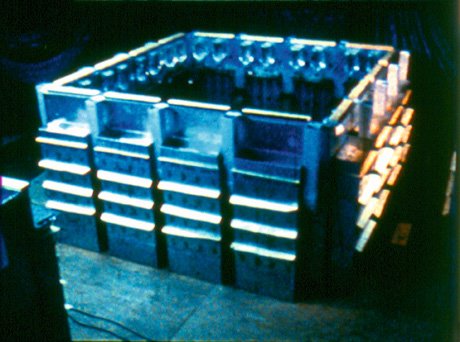

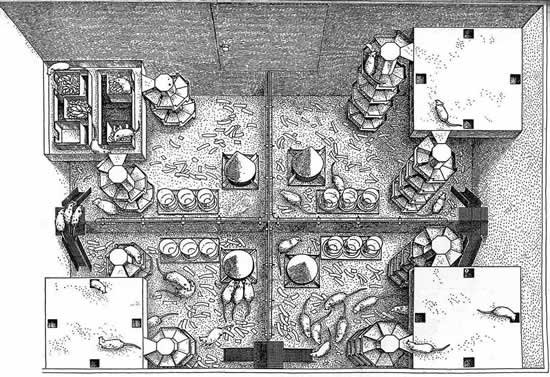
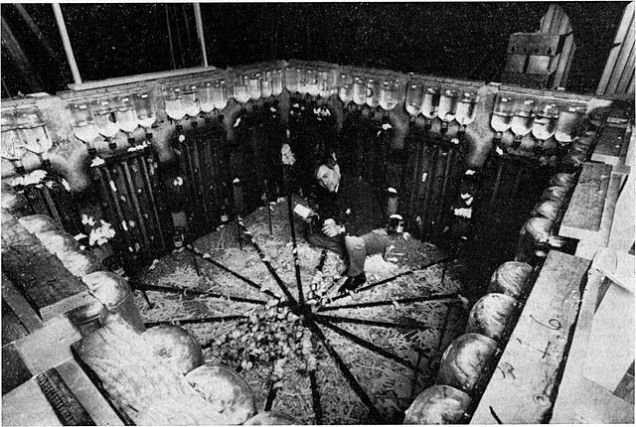
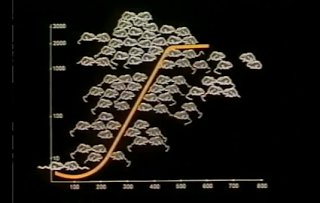
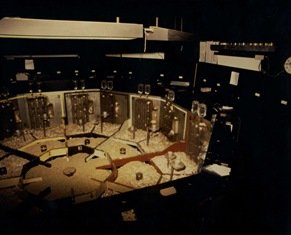
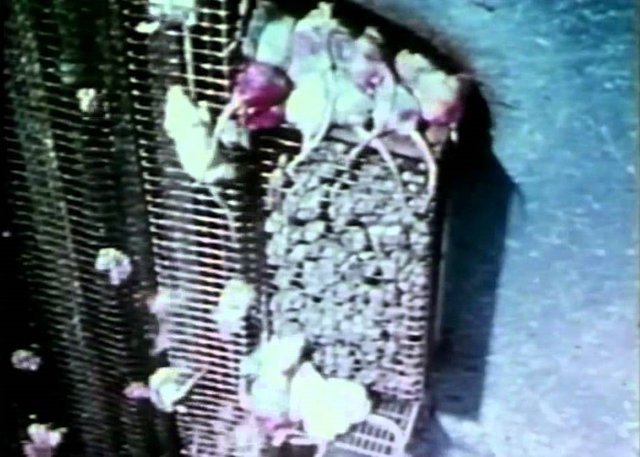
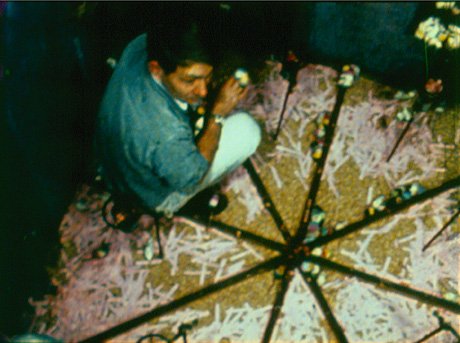
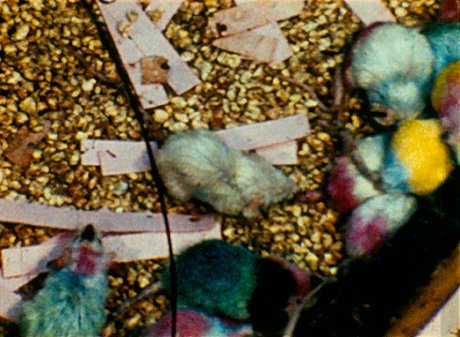
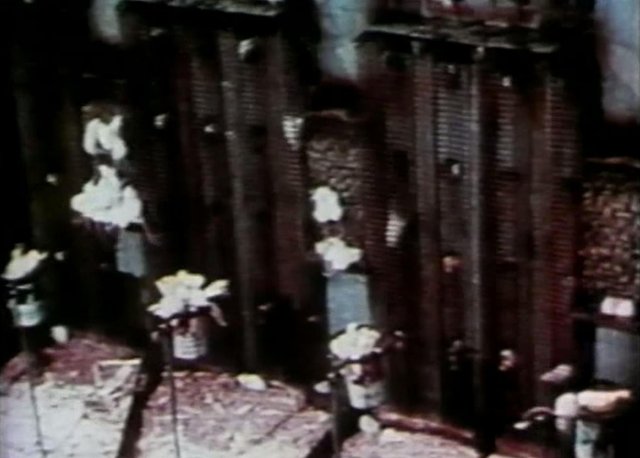
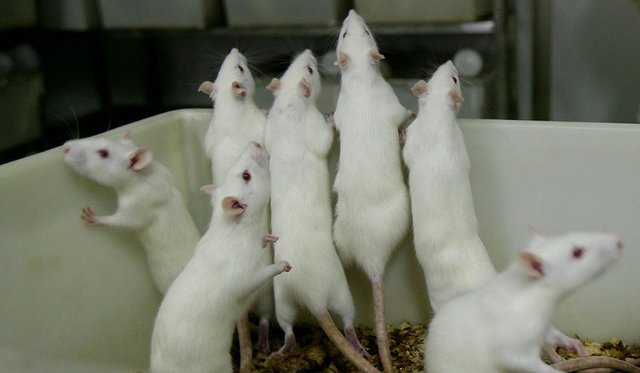
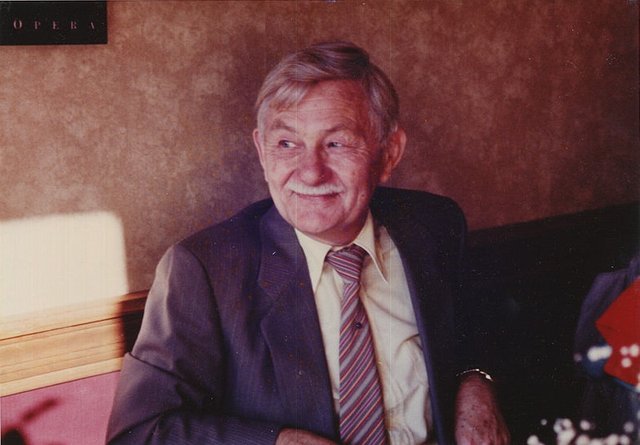
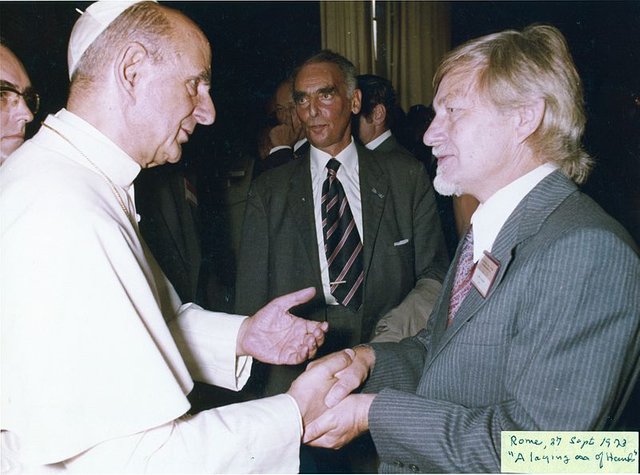
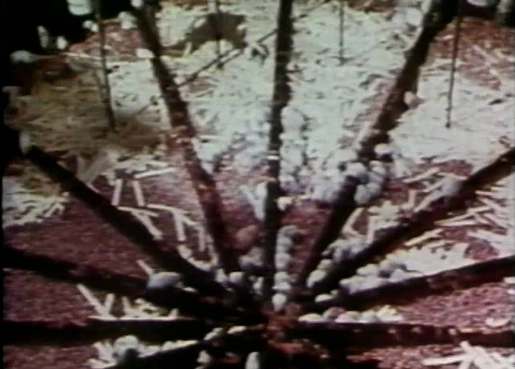
The last two photos come from my private collection of family photos. For more information on John Calhoun's life and work visit johnbcalhoun.com.
C.Calhoun
This article really has me thinking! I've always said that we need to bring our communities into smaller groups that then learn to remain connected on a more grand scale. It's very interesting to see when other species mimic our species. Thank you for composing this very well written article.
This is fascinating. I wonder if the madonna / whore complex in human males might possibly be connected with behavioral sink.
I had not heard of Calhoun and his mouse universe, but I find it to be interesting and something to consider in community planning. Thanks for sharing this!
There is more information in wikipedia and at https://johnbcalhoun.com/ including articles and links to videos.
My ideal mini-arcology design, which I call a cohab (for "consolidated habitat") has apartments for exactly 150 people, then a school, shops, a clinic and so on to service their needs. These structures would then be linked by hyperloop for long distances, and elevated track PRT (personal rapid transit) for short distances. This would be in a perfect world where we can start with a blank slate instead of having to work with the infrastructure we've already built, mind you.
sounds like a good plan for a sea stead community. Use spar type platforms for the infra structure..
Great article, I thought I remembered from somewhere that a person couldn't have, or is incapable of making, more than 150 friends.... Have me curious now how far that goes to people... It is curious how parts of this seem to apply to life already though
150 is the mean for the standard distribution. It can vary a great deal. For some (like me, the introvert type of personality) , it's a great many less. For some, (the type A extrovert), it may be a great many more.
note: just the opposite for me. Less not more.
Excellent. (up vote and resteem)
It's called Dunbar's Number and it's part of the neurological wiring. Some what similar to overloading the pancreas and causing type II diabetes, overloading the wetware programming causes insanity..
I have wrote about it with examples from human society.
https://steemit.com/psychology/@natord/a-comparison-of-our-society-with-the-mouse-paradise-with-my-examples
Excellent post! I learned something today! Thanks for sharing!